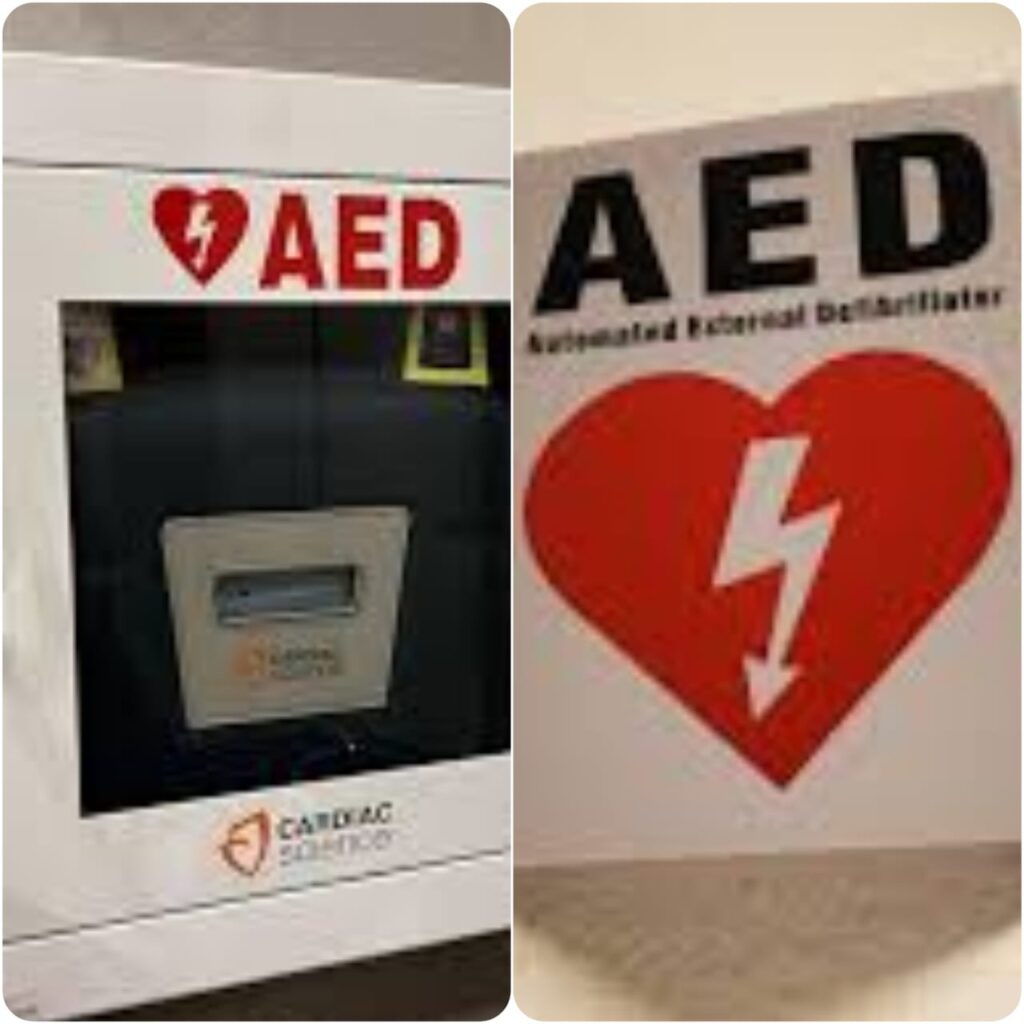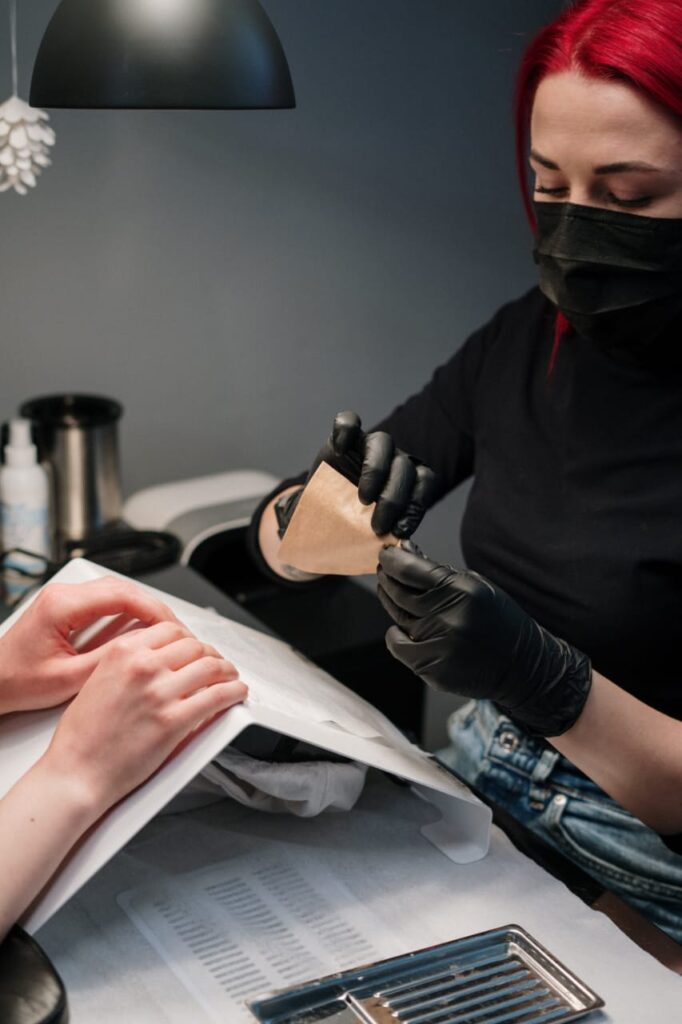
Legislative Efforts Falling Short in Encouraging Bystander AED Deployment
Despite increasing mandates for automated external defibrillators (AEDs) at recreational facilities nationwide, a recent study published in the Journal of the American Medical Association indicates that bystanders are not utilizing these life-saving devices. The research, conducted by the University of Texas Southwestern Medical Center and the University of Missouri-Kansas City, scrutinized 9,290 cases of witnessed cardiac arrest at recreational facilities, shedding light on the challenges in AED usage.
Low Bystander AED Deployment Rates Nationwide
The study reveals that only 61.3% of witnessed cardiac arrest cases saw bystander resuscitation efforts. The data, sourced from the Cardiac Arrest Registry to Enhance Survival (CARES), underscores the persistently low use of AEDs across the United States. Even with legislative efforts aimed at improving AED access, only 19% of bystanders in states with AED-enacted laws and 18.2% in non-law states utilized AEDs.
Barriers to Bystander AED Use
Dr. Ahmed Kolkailah, the study’s corresponding author, points out various obstacles contributing to low AED utilization, such as the lack of on-site AED availability, unawareness of AED presence, and a lack of knowledge regarding AED location. Fear of causing harm or uncertainty about how to operate AEDs also contribute to the reluctance of bystanders to deploy these life-saving devices.
Need for Public Awareness and Education
The study emphasizes the urgent need for increased public awareness regarding the life-saving potential of AEDs and their locations. Dr. Dianne Atkins, a pediatric cardiologist and American Heart Association volunteer, advocates for CPR and AED training as a high school graduation requirement. Dr. Steven Brooks, an emergency medicine physician, stresses that AEDs in public spaces should be prominently visible, and individuals should consider CPR and AED use as essential life skills.
Immediate Action for Life-Saving Measures
To address the alarming trends in AED utilization, medical professionals recommend immediate action. Dr. Steven Brooks assures the public that using an AED is simpler than it may seem, with the device guiding users through life-saving steps with audio and visual prompts. The American Heart Association encourages everyone to watch its instructional video on hands-only CPR and stay vigilant for the nearest AED in public spaces.
In conclusion, the study highlights the critical need for enhanced awareness, education, and visibility of AEDs to empower bystanders to take prompt and life-saving actions during cardiac emergencies.
Subscribe to Follow Global Trends for daily global news.To Advertise, send a mail to advertise@followglobaltrends.com


